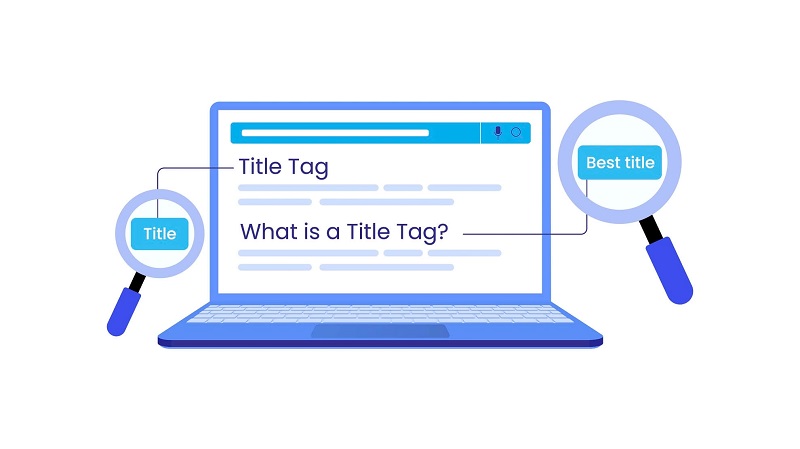In September 2021, Google took the mic and explained that “[their] new system uses HTML title elements (sometimes called title tags) as the titles we show in search results… [and that] title elements are now used around 87% of the time, rather than around 80% before.”
But how accurate are these numbers? Perhaps a much larger proportion of titles you come across on SERPs have been somehow edited, or ‘enhanced.’ Well, a recent Zyppy study argued exactly that. Taking information from 80,959 tags across 2370 sites, the SEO software agency discovered that Google rewrote 61.6% of titles, which is quite the different story.
So if Google still feels the need to edit the majority of title tags, what are we all doing so wrong? Keep reading to find out how Google actually reacts to title tags, and how to appease the search engine gods by creating perfect examples.
Why does Google Edit Title Tags?
In the same explainer post, Google reiterated that, since 2012, they’ve “used text beyond title elements in cases where [their] systems determine the title element might not describe a page as well as it could.” The examples they give are that “Some pages have empty titles, some use the same titles on every page regardless of the page’s actual content [and] some pages have no title elements at all.”
Here are some common causes for Google to step in:
- Title length is either too long or too short.
- Identical title across numerous pages
- Boilerplate titles (Home, Untitled)
- Using title separations (dashes ‘-’ and pipes ‘|’)
- Keyword stuffing, or repeated use of a keyword
- Overuse of superlatives (Best)
- Missing brand information
There are countless other reasons for Google to edit a title tag, though the majority of rewrites are driven by one or more of the above items.
How Google Edits Title Tags
Google changes title tags in a number of ways. Here are the most common example, as found by the leading SEO agencies:
- Truncation
Space is a commodity on the results page, thus Google very often takes measures to snip your title if it’s too long. This truncation can take many forms. Most commonly, Google will simply cut off the title, leaving the beginning text intact.
However, they might instead choose to preserve the middle section of your title, omitting some text from either side. Google also doesn’t always make it clear when a title is truncated, which one would usually do by including ellipsis.
- New Additions
Google also likes to add relevant information to the end of a title tag, when they deem it necessary. You’ll commonly see title tags ending with brand or locale-specific information that wasn’t included in the original text, but does appear elsewhere throughout the site.
This can be – and often is – simply the name of your brand, but is also commonly the region in which your business operates. For instance, if you’re a local business doing SEO in Sydney, it’s good practice to include that location to capture the people most likely to benefit from your services.
- Trimming the Excess
Keyword stuffing, excessive use of superlatives (best) or unnecessary brand information can all cause Google to cut parts of your title. They often replace the fluff with text found elsewhere on your site pages, as explained above. Text in brackets or parenthesis is also a prime target for Google to cut, so you should always be careful about how you present titles as part of your web design strategy.
Creating Title Tags that stick
In most cases, you can avoid the Google rewrites by simply following their code of conduct. The key takeaways are to ensure:
- Text is both descriptive and concise
- Brand information is also kept short
- Every page on your site has a unique title
- You don’t use obsolete and/or inaccurate title elements
Any advertiser worth their salt will tell you the importance of a title, which of course applies to both your social media marketing (SMM), and digital marketing more generally. If you decide you need some help with title tags, or other aspects of web design, you might like to work with a professional SEO agency.
An effective title tag is crucial for reaching your target audience and enticing them into your site. Unless you pay attention to the quality of your titles, you’re essentially leaving a large part of your SEO success down to Google. So the next time you’re deliberating over title tags, keep in mind the ways in which Google now reacts and edits titles after the update.
